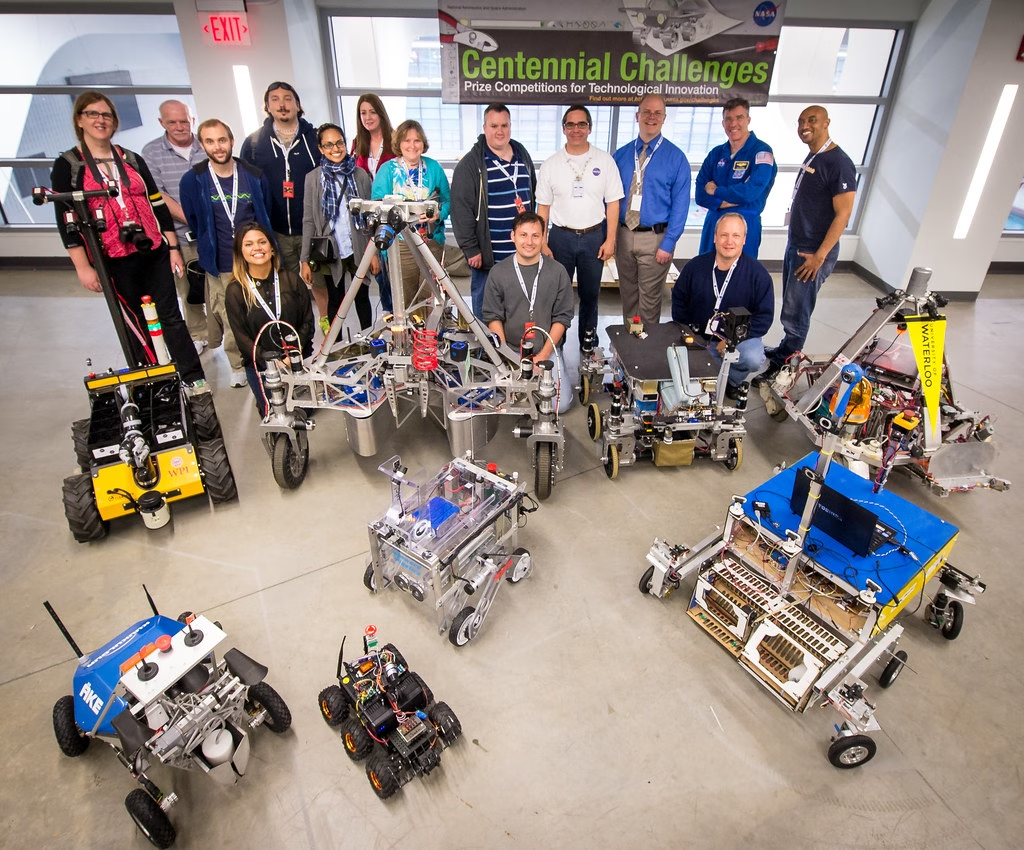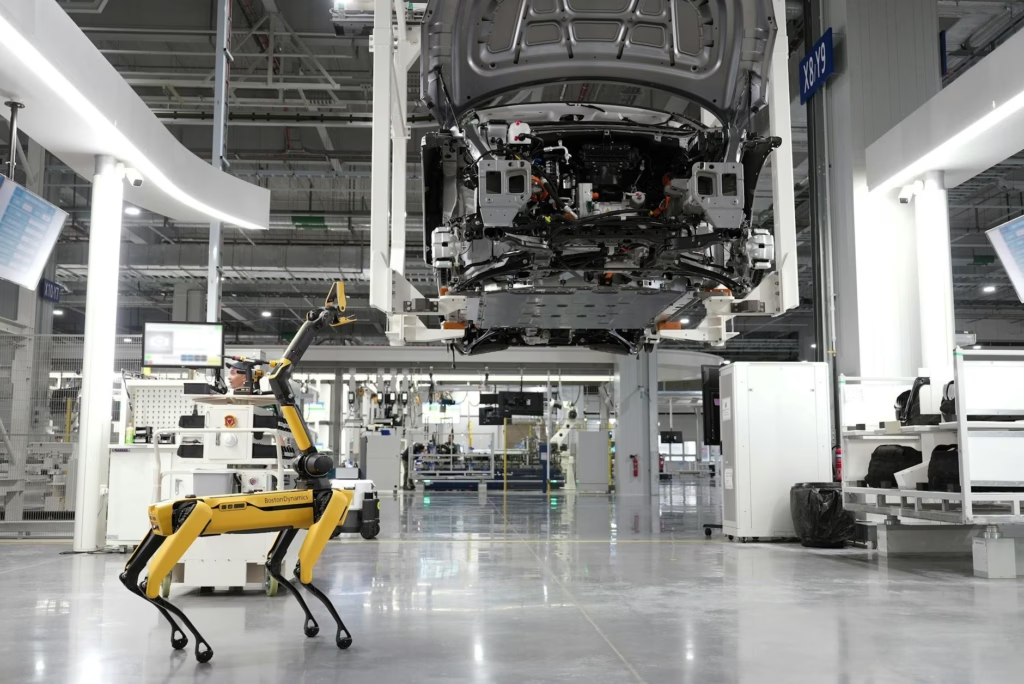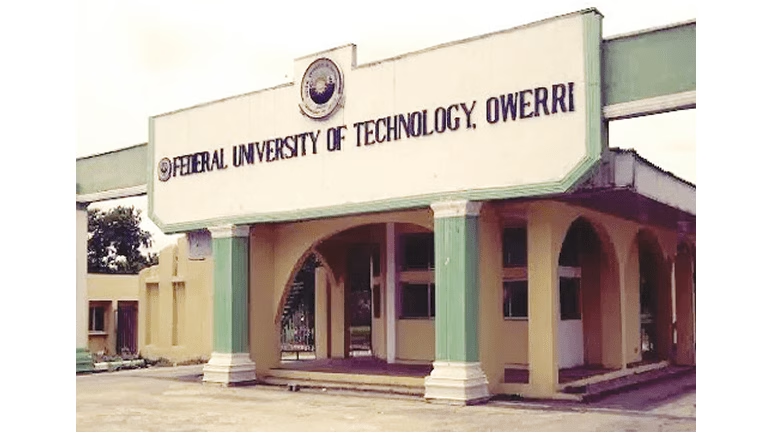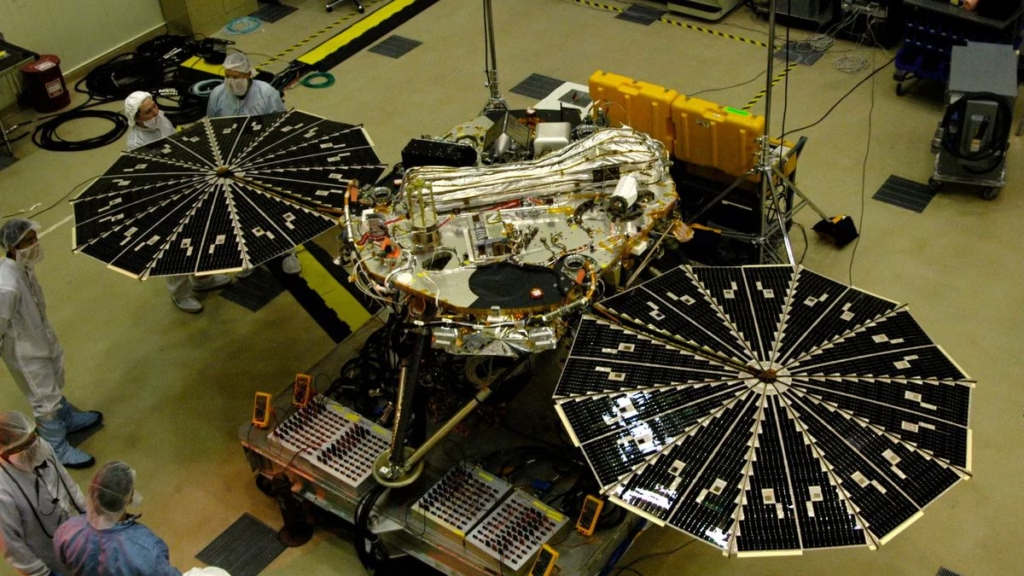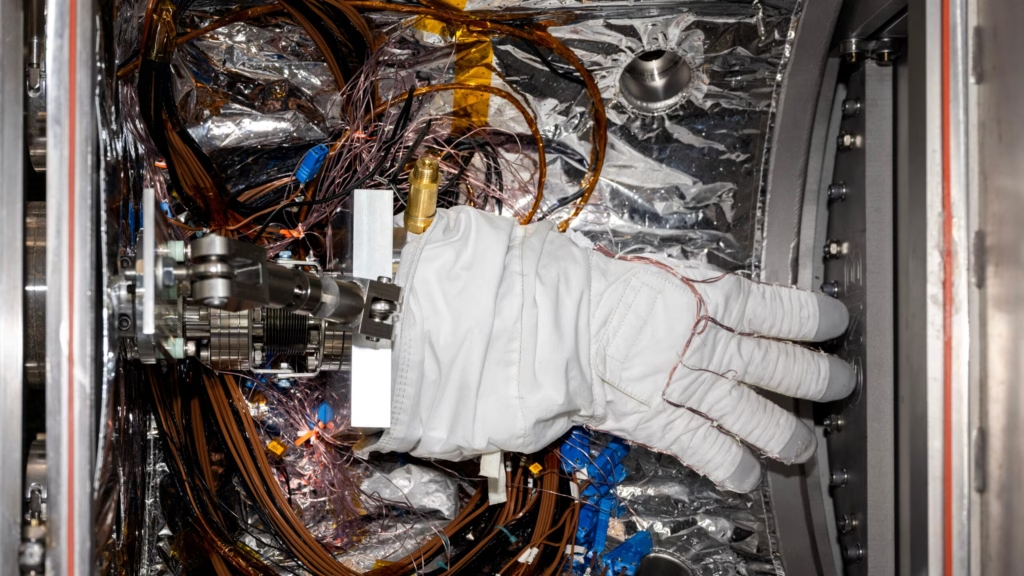Top 10 Innovations in Electrical Engineering for 2025
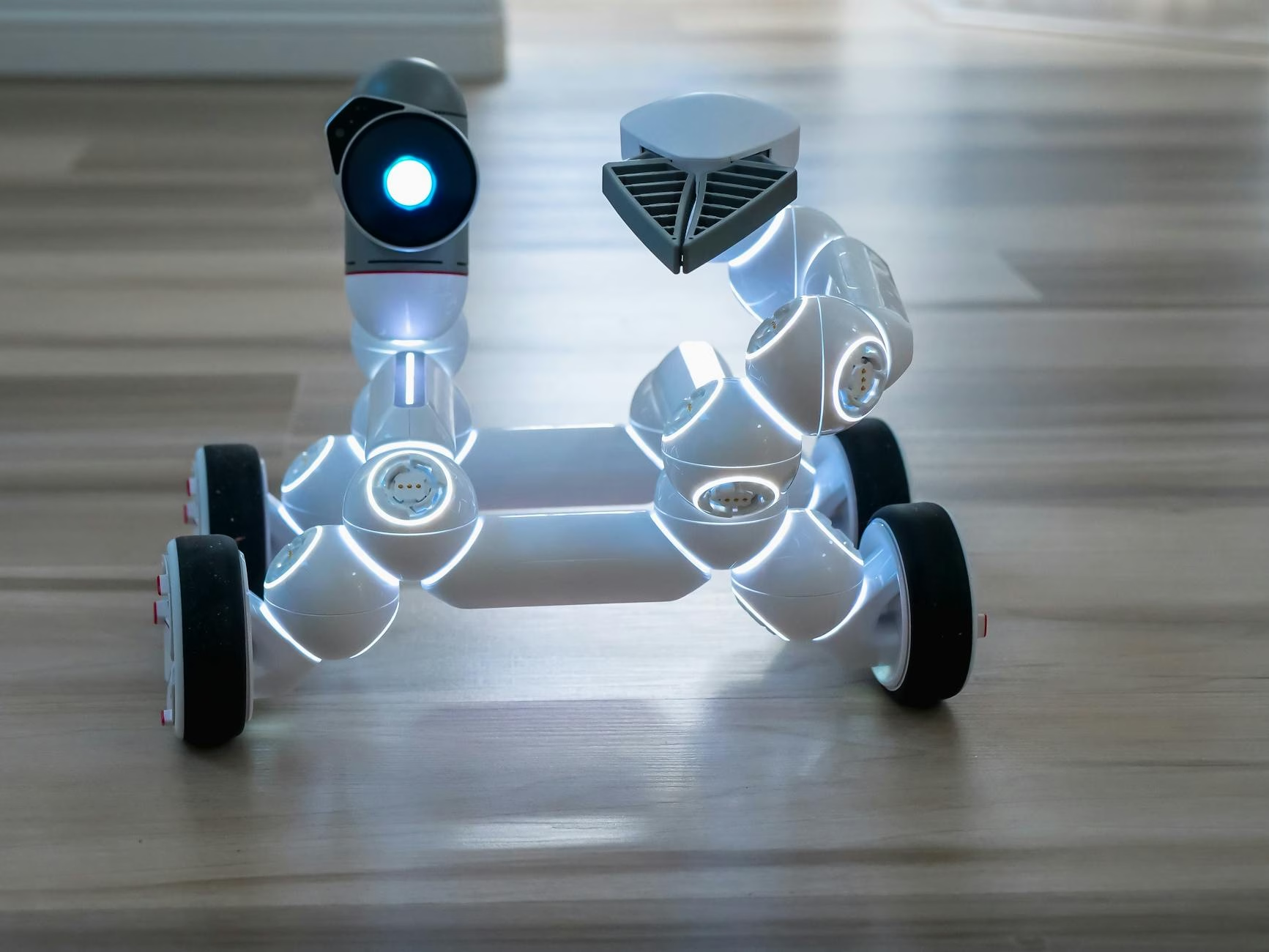
Introduction
The landscape of electrical engineering is evolving rapidly in 2025, fuelled by Industry 4.0 technologies, rising global demand for smarter systems, and increased sustainability targets. Engineers today are not only wiring up circuits—they’re integrating AI, IoT, and cutting-edge materials into resilient and intelligent systems. This article explores ten of the most impactful innovations shaping the field this year, with real-world applications and relevance to Nigeria’s growing engineering ecosystem.
1. AI-Powered Circuit Design
Artificial intelligence is revolutionising circuit design by automating layout, simulation, and error detection. Tools such as Synopsys DSO.ai and Cadence Cerebrus now enable engineers to create optimised circuits in hours instead of weeks.
Nigerian Use Case: Engineering students and startups can access open-source AI design platforms to prototype solutions for rural electrification and mini-grids.
2. Digital Twin Technology for Electrical Grids
Digital Twins replicate entire electrical systems virtually, allowing real-time monitoring and simulation. They’re now being integrated into power substations and urban smart grid systems.
Application: Nigeria’s grid operators can improve fault detection and energy distribution using digital twins—especially in cities like Lagos and Port Harcourt.
3. Advanced Power Electronics with GaN and SiC
Gallium Nitride (GaN) and Silicon Carbide (SiC) semiconductors are enabling smaller, faster, and more efficient power conversion systems.
Relevance: These are used in EV chargers, solar inverters, and grid-tied systems—important for Nigeria’s off-grid solar expansion.
4. 5G-Enabled Smart Infrastructure
5G is enabling faster communication in electrical systems, from building automation to factory controls.
Use Case: IIoT-powered factories in Ogun and Anambra states can adopt 5G-based predictive maintenance systems.
5. Wireless Power Transfer (WPT)
WPT is gaining traction in consumer electronics, electric vehicles, and medical implants.
In Nigeria: Startups working on contactless phone charging stations in malls or airports can use this tech to enhance user experience.
6. Quantum Sensors for Power Quality Monitoring
Quantum sensors are ultra-sensitive devices capable of detecting minute changes in electromagnetic fields—ideal for monitoring high-voltage lines and substation behaviour.
Opportunity: Future integration with smart meters can improve Nigeria’s power stability.
7. Energy Harvesting Circuits
These circuits generate small amounts of energy from sources like light, heat, or vibration to power sensors.
Field Use: Perfect for pipeline monitoring and remote installations in the Niger Delta.
8. Printed and Flexible Electronics
These thin, bendable circuits are now embedded in wearables, smart packaging, and even textiles.
Local Opportunity: This opens new collaborations for wearable tech startups in Lagos.
9. AI-Based Predictive Maintenance
AI tools now predict failures in transformers and switchgear by analysing sensor data.
Industrial Benefit: Nigerian LNG plants and refineries can save millions in unplanned downtime.
10. Modular Microgrids with Smart Controllers
These small-scale, autonomous energy systems integrate solar, batteries, and software.
Community Impact: Ideal for powering off-grid communities in Bayelsa, Benue, and Borno.
Conclusion
Electrical engineering is no longer confined to resistors and relays—it is now an ecosystem of intelligent, adaptive, and interconnected technologies. For Nigeria, embracing these innovations means enhanced productivity, new business opportunities, and a skilled workforce ready for the Fourth Industrial Revolution. As these technologies become more accessible, the future of Nigerian engineering looks smarter and brighter than ever.
Discover more from Tamfis Nigeria Lmited
Subscribe to get the latest posts sent to your email.



 Hot Deals
Hot Deals Shopfinish
Shopfinish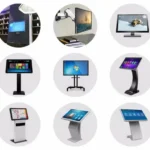 Shop
Shop Appliances
Appliances Babies & Kids
Babies & Kids Best Selling
Best Selling Books
Books Consumer Electronics
Consumer Electronics Furniture
Furniture Home & Kitchen
Home & Kitchen Jewelry
Jewelry Luxury & Beauty
Luxury & Beauty Shoes
Shoes Training & Certifications
Training & Certifications Wears & Clothings
Wears & Clothings





